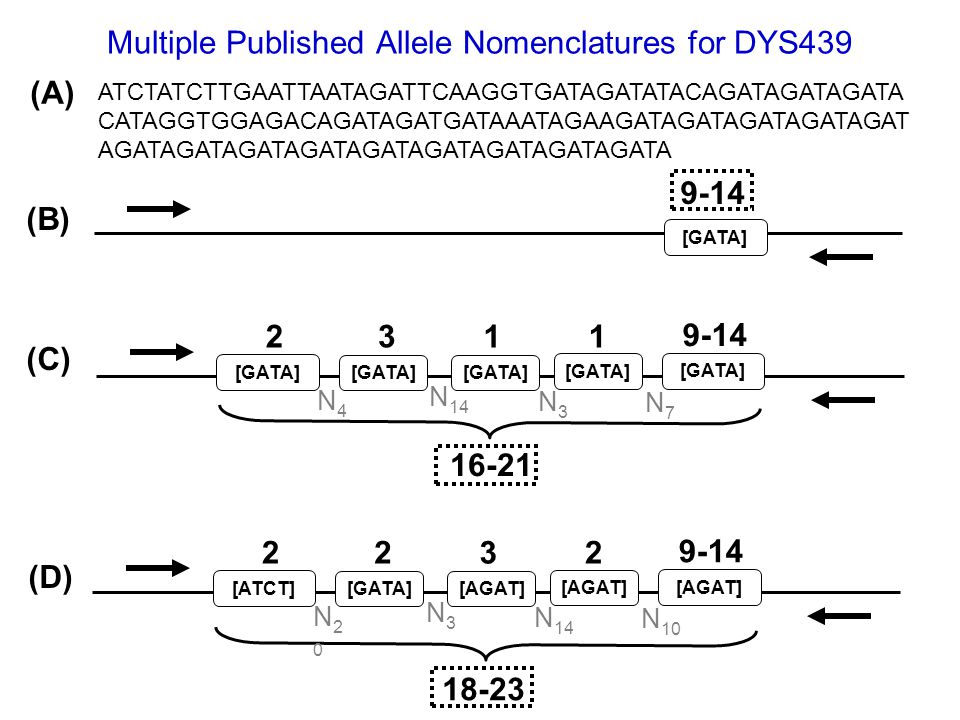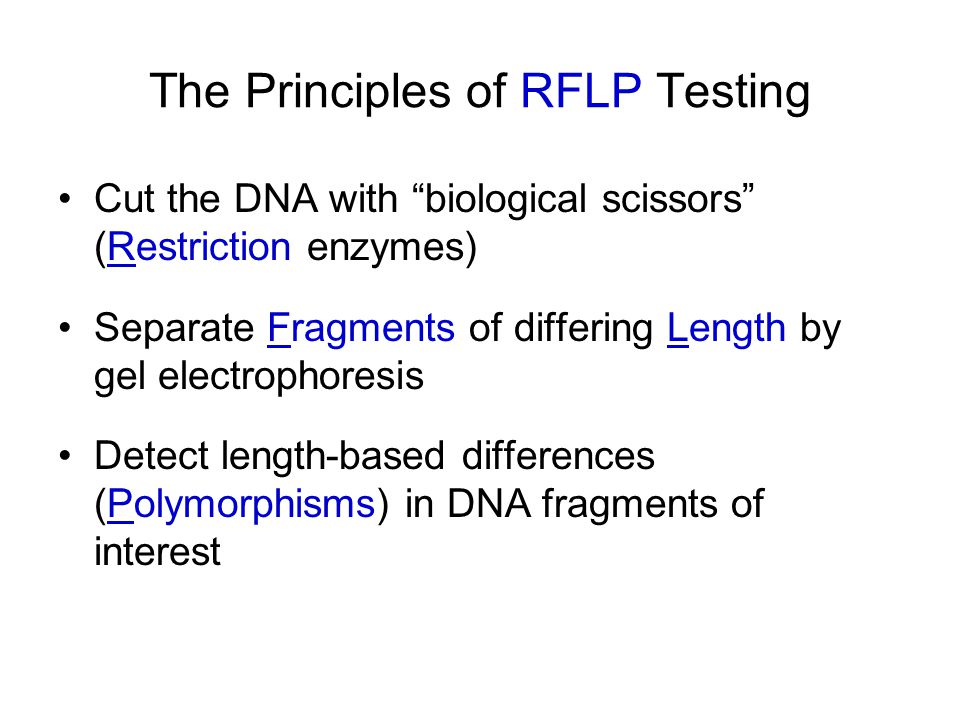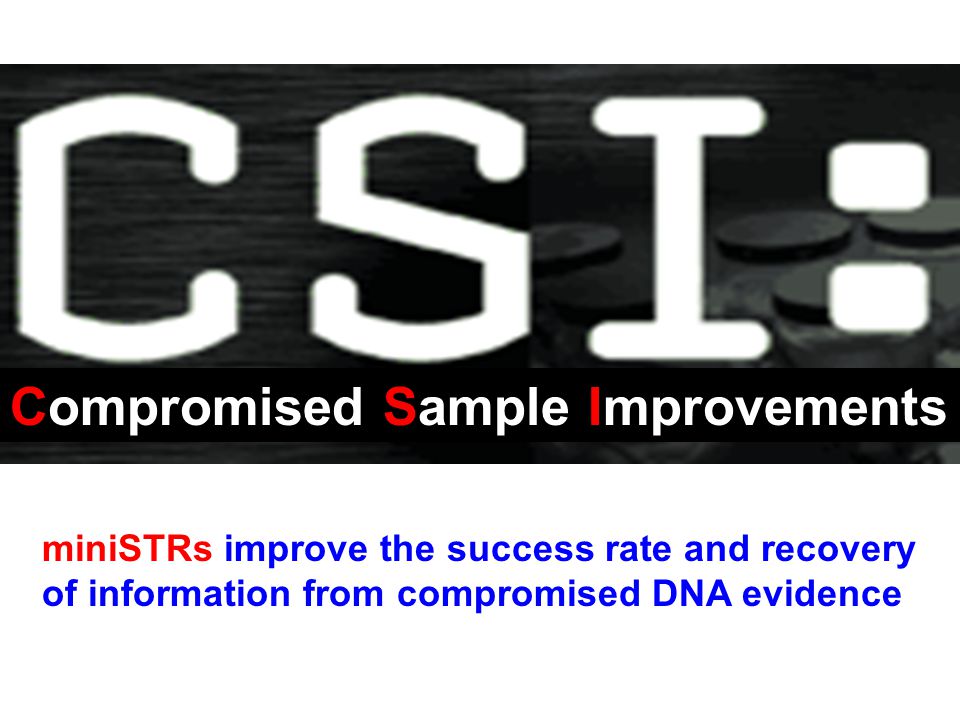Fundamentals of forensic DNA typing. [John M Butler From the Publisher: John Butler, bestselling author of Forensic DNA Typing, now applies his expertise on the subject of DNA analysis into an introductory textbook. Fundamentals of Forensic DNA Typing is written with a broad viewpoint. It examines the methods of current forensic DNA typing, focusing on short tandem repeats (STRs). It encompasses current forensic DNA analysis methods, as well as biology, technology and genetic interpretation. Watch Queue Queue Intended as a companion to the Fundamentals of Forensic DNA Typing volume published in 2009, Advanced Topics in Forensic DNA Typing: Methodology contains 18 chapters with 4 appendices providing uptodate coverage of essential topics in this important field and citation to more than 2800 articles and internet resources. Fundamentals of Forensic DNA Typing is written with a broad viewpoint. It examines the methods of current forensic DNA typing, focusing on short tandem repeats (STRs). It encompasses current forensic DNA analysis methods, as well as biology, technology and genetic interpretation. Fundamentals of Forensic DNA Typing John M. , NIST Fellow and Group Leader at the National Institute of Standards and Technology (NIST) There is perhaps no individual better suited to author a foundational survey of forensic DNA typing than John Butler. Fundamentals of Forensic DNA Typing walks students stepbystep through the DNA analysis process beginning with collection of evidence at a crime scene to the statistical interpretation of the results. Fundamentals of Forensic DNA Typing John M. , NIST Fellow and Group Leader at the National Institute of Standards and Technology (NIST) There is perhaps no individual better suited to author a foundational survey of forensic DNA typing than John Butler. Fundamentals of Forensic DNA Typing John M. , NIST Fellow and Group Leader at the National Institute of Standards and Technology (NIST) There is perhaps no individual better suited to author a foundational survey of forensic DNA typing than John Butler. Explains the DNA analysis process beginning with collection of evidence at a crime scene to the statistical interpretation of the results. This book details genetic genealogy and tracing domestic pet hairs to perpetrators. Fundamentals of Forensic DNA Typing pdf download here. Fundamentals of Forensic DNA Typing pdf download here. Fundamentals of Forensic DNA Typing in in in. Download with Google Download with Facebook or download with email. Fundamentals of Forensic DNA Typing in in in. Fundamentals of Forensic DNA Typing in in in. Chapter 2 Basics of DNA Biology and Genetics Fundamentals of Forensic DNA Typing Slides prepared by John M. Butler June 2009 Chapter 2 DNA Biology Review Chapter Summary Deoxyribonucleic acid (DNA), which is composed of a four letter alphabet (A, T, C, and G), provides the blueprint of life and is found in each nucleated cell of our body. Fundamentals of Forensic DNA Typing is written with a broad viewpoint. It examines the methods of current forensic DNA typing, focusing on short tandem repeats (STRs). It encompasses current forensic DNA analysis methods, as well as biology, technology and genetic interpretation. Fundamentals of Forensic DNA Typing This work was funded in part by the National Institute of Justice (NIJ) through interagency agreement 2008DNR121 with the NIST Ofce of. Fundamentals of Forensic DNA Typing John M. , NIST Fellow and Group Leader at the National Institute of Standards and Technology (NIST) There is perhaps no individual better suited to author a foundational survey of forensic DNA typing than John Butler. Fundamentals of Forensic DNA Typing is written with a broad viewpoint. It examines the methods of current forensic DNA typing, focusing on short tandem repeats (STRs). It encompasses current forensic DNA analysis methods, as well as biology, technology and genetic interpretation. the style of Forensic DNA Typing, 2e, with highprofile cases addressed in D. Boxes Data, Notes Applications sections include: instructor manual Web site, with tailored set of 1000 PowerPoint slides (including figures), links to online training websites and a test bank with keyRead Download Fundamentals of. Fundamentals of forensic DNA typing. [John M Butler From the Publisher: John Butler, bestselling author of Forensic DNA Typing, now applies his expertise on the subject of DNA analysis into an introductory textbook. Fundamentals of Forensic DNA Typing is written with a broad viewpoint. It examines the methods of current forensic DNA typing, focusing on short tandem repeats (STRs). It encompasses current forensic DNA analysis methods, as well as biology, technology and genetic interpretation. Fundamentals of Forensic DNA Typing walks students stepbystep through the DNA analysis process beginning with collection of evidence at a crime scene to the statistical interpretation of the results. Millions of books at your fingertips on Google Play Books. Read the latest novels, comics, textbooks, romance and more on your phone, tablet, or computer. Fundamentals of Forensic DNA Typing is written with a broad viewpoint. It examines the methods of current forensic DNA typing, focusing on short tandem repeats (STRs). It encompasses current forensic DNA analysis methods, as well as biology, technology and genetic interpretation. Dividing Forensic DNA Typing into two volumes is a masterful stroke. The rst volume, Fundamentals of Forensic DNA Typing, is written from a more general Fundamentals of Forensic DNA Typing is written with a broad viewpoint. It examines the methods of current forensic DNA typing, focusing on short tandem repeats (STRs). It encompasses current forensic DNA analysis methods, as well as biology, technology and genetic interpretation. Download: FUNDAMENTALS OF FORENSIC DNA TYPING BY JOHN M. BUTLER PDF Fundamentals Of Forensic DNA Typing By John M. Provide us 5 mins and we will certainly show you the best book to read today. This is it, the Fundamentals Of Forensic DNA Typing By John M. Intended as a thirdedition companion to the Fundamentals of Forensic DNA Typing volume published in 2010 and Advanced Topics in Forensic DNA Typing: Methodology published in 2012, this book contains 16 chapters with 4 appendices providing uptodate coverage of essential topics in this important field. Fundamentals of Forensic DNA Typing Edition by Butler, John M. Save up to 80 by choosing the eTextbook option for ISBN: , , . The print version of this textbook is ISBN. Fundamentals of Forensic DNA Typing is written with a broad viewpoint. It examines the methods of current forensic DNA typing, focusing on short tandem repeats (STRs). It encompasses current forensic DNA analysis methods, as well as biology, technology and genetic interpretation. Fundamentals of Forensic DNA Typing eBook: John M. de Prime testen KindleShop Los Suche DE Hallo! Anmelden Mein Konto Anmelden Mein Konto Testen Sie Prime Meine Listen Einkaufswagen 0. Fundamentals of Forensic DNA Typing walks students stepbystep through the DNA analysis process beginning with collection of evidence at a crime scene to the statistical interpretation of the. Kindle Store Buy A Kindle Free Kindle Reading Apps Kindle Books French eBooks Amazon Charts Best Sellers More Kindle Singles Accessories Content and devices Kindle Support Buy A Kindle Free Kindle Reading Apps Kindle Books French eBooks Amazon Charts Best Sellers More Kindle Singles Accessories Content and devices Kindle Support Chapter 5 DNA Extraction Fundamentals of Forensic DNA Typing Slides prepared by John M. Butler June 2009 Chapter 5 DNA Extraction Chapter Summary DNA extraction involves separating the nucleic acids in a cell away from proteins and other cellular materials. Fundamentals of Forensic DNA Typing walks students stepbystep through the DNA analysis process beginning with collection of evidence at a crime scene to the statistical interpretation of the results. Intended as a thirdedition companion to the Fundamentals of Forensic DNA Typing volume published in 2010 and Advanced Topics in Forensic DNA Typing: Methodology published in 2012, this book contains 16 chapters with 4 appendices providing uptodate coverage of essential topics in this important field. Fundamentals of Forensic DNA Typing walks students stepbystep through the DNA analysis process beginning with collection of evidence at a crime scene to the statistical interpretation of the results. Intended as a companion to the Fundamentals of Forensic DNA Typing volume published in 2009, Advanced Topics in Forensic DNA Typing: Methodology contains 18 chapters with 4 appendices providing uptodate coverage of essential topics in this important field and citation to more than 2800 articles and internet resources. Fundamentals of Forensic DNA Typing is written with a broad viewpoint. It examines the methods of current forensic DNA typing, focusing on short tandem repeats (STRs). It encompasses current forensic DNA analysis methods, as well as biology, technology and genetic interpretation. This book reviews the methods of forensic DNA testing used in the first two decades since early 1980s, and it. Fundamentals of Forensic DNA Typing walks students stepbystep through the DNA analysis process beginning with collection of evidence at a crime scene to the statistical interpretation of the results. Also included are brief discussions of such news worthy topics as victim identification from the September 11, 2001 attacks, the identification. The purpose of Fundamentals of Forensic DNA Typing basic text is to aid students in gaining an introductory understanding of forensic DNA testing. Fundamentals of Forensic DNA Typing is written with a broad viewpoint. It examines the methods of current forensic DNA typing, focusing on short tandem repeats (STRs). It encompasses current forensic DNA analysis methods, as well as biology, technology and genetic interpretation. This book reviews the methods of forensic DNA testing used in the first two decades since early 1980s, and it. Intended as a companion to the Fundamentals of Forensic DNA Typing volume published in 2009, Advanced Topics in Forensic DNA Typing: Methodology contains 18 chapters with 4 appendices providing uptodate coverage of essential topics in this important field and citation to more than 2800 articles and internet resources. Fundamentals of Forensic DNA Typing walks students stepbystep through the DNA analysis process beginning with collection of evidence at a crime scene to the statistical interpretation of the results..











